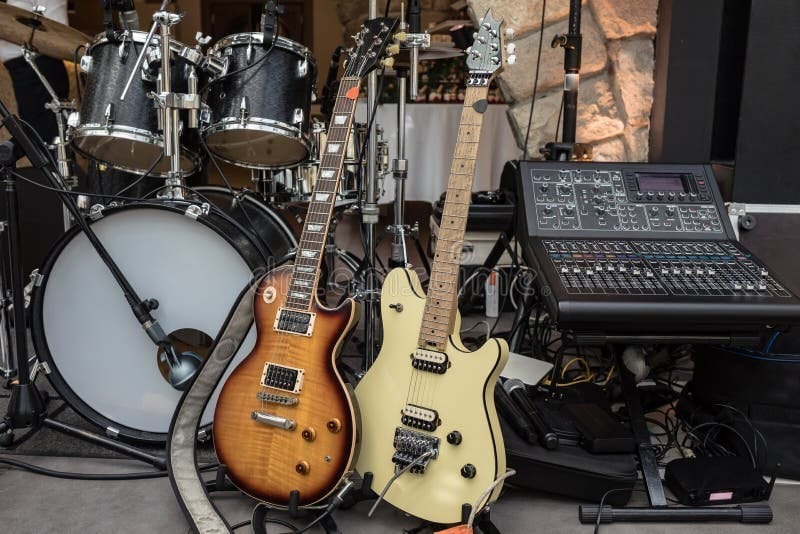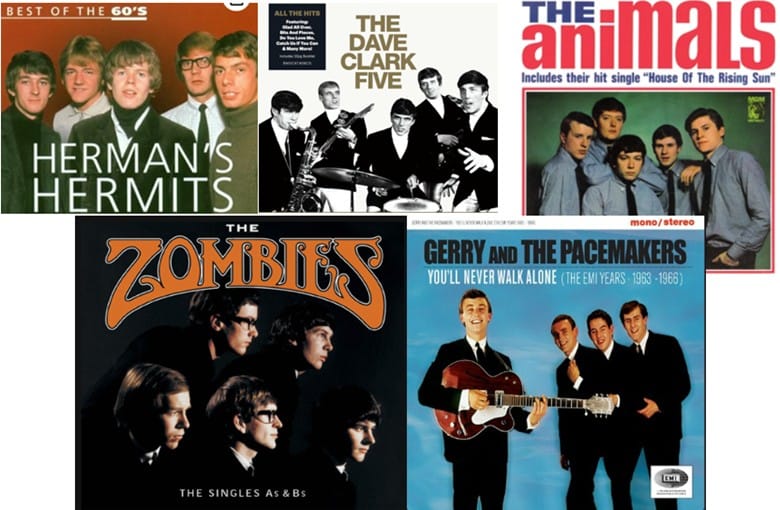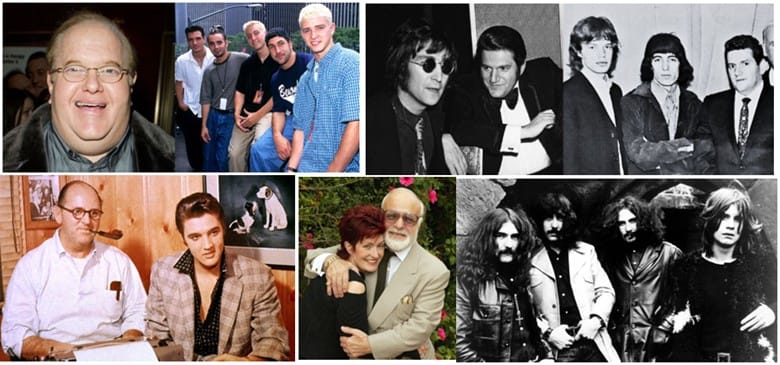The initial history of rock music cannot be separated from the introduction of new rock and roll equipment that produced it’s sound.
Three visionaries, Leo Fender, Thomas Walter Jennings and Jim Marshall pioneer the new music technology. Their inventions defined Rock & Roll and still influence musicians today.
An accountant turned inventor; Leo Fender revolutionized well known music. Not really a guitarist himself, Fender’s engineering resulted in two revolutionary instruments: the Fender guitar.
Rock N Roll Collectibles CA have vast collections of mini drum and guitar sets(10 cm, 15 cm), mini amplifiers, acrylic display case, beatles, kiss, guns & roses. Additionally, rock music fans love – beatles tumbler, band patches, key chains.
Our Wall art collections are- shadow box, canvas posters, TIN signs. Don’t miss out to grab antique and exceptional music instruments of rock and roll memorabilia !
First piece of Rock and Roll Equipment
In 1951, Fender introduced his Telecaster, which was originally called the Broadcaster. The Telecaster was the first mass produced solid-body electric guitar.
Its simple design allowed for easy repairs and a clear, cutting tone which became distinct in country and rock music.
The durability and adaptability made the Telecaster an instant hit with artists like Keith Richards and Bruce Springsteen.
Second piece of Rock and Roll Equipment
Fender’s second invention tackled a growing problem in Rock n Roll. The Fender Precision Bass, also sold in 1951, was the first electric Bass guitar which could be “fretted” like a standard guitar. These rock and roll equipment was far more manageable than the upright double bass that preceded it.
If Clarence Leo Fender were to be remembered for nothing else, surely it would be the Precision- an instrument – indeed a whole new kind of instrument – that simply didn’t exist before he invented it.
This innovation enabled bassists to play with “precision,” hence the name, and a far more defined low end which cut through amplified performances.
Third piece of Rock and Roll Equipment
On the other side of the Atlantic, Thomas Walter Jennings was creating British music history with his company, Vox. A businessman, Jennings recognized that he needed a product designed by someone who understood the demands of the growing Rock n Roll contingent.
Dick Denney and the VOX crew quickly recognized that London’s up and coming bands were craving more power from their amplifiers from rock and roll equipment
The Vox AC30 Amplifier, pioneered in 1958, was invented to address the issue of increased crowd noise caused by the larger number of fans at an event. Its “chiming” top end and signature overdrive gave the British sound of the coming era.
The Beatles, The Rolling Stones & The Yardbirds used AC30s, and these relationships would result in VOX becoming the most sought-after guitar amplifier in the world. Consequently, music instrument rock and roll memorabilia stepped into a new era.
The Vox Continental organ, sold in 1962, was a portable electronic organ that provide touring musicians with an alternative to the much heavier Hammond. It’s characteristic “hybrid percussion” feature along with transportable design saw usage by bands like The Animals and The Doors redefine rock music.
Jim Marshall was a drummer instructor and music shop owner before turning into an amplifier pioneer. His hunt for the right rock sound resulted in equipment which gave him the name “The Father of Loud.”
The JTM45 Amplifier, introduced in 1962, was Marshall’s first amplifier.
The JTM45, which was created to satisfy customers that required a louder, more aggressive sound was inspired by the Fender Bassman amplifier. Marshall changed a few elements which allowed the JTM45 to produce the British midrange-heavy tone which would become rock guitar’s signature sound.
Marshall sold his most legendary invention, the Marshall stack for the first time in 1965. It was not a single amplifier but a combination of components that functioned by separating the amplifier head from the speakers.
Stacking the speaker cabinets provided Marshall with a sonic and visual landmark. The wall of Marshall stacks became a symbol of rock energy, along with the bands that used them.
The extensive list included The Who and Jimi Hendrix, both implementing them to generate dramatically increased decibels of volume.
The tale of rock and roll equipment discoverer never ends
The legacy of these three innovators goes beyond any single invention. Their combined works were critical for the new sound demanded by the musicians that used them.
Their innovations enabled musicians to broaden their sonic territories and defined genres. Today, in modern reproductions and vintage originals, the instruments and amplifiers of Fender, Jennings and Marshall remain important parts of rock music.




